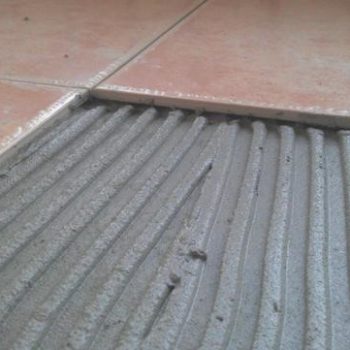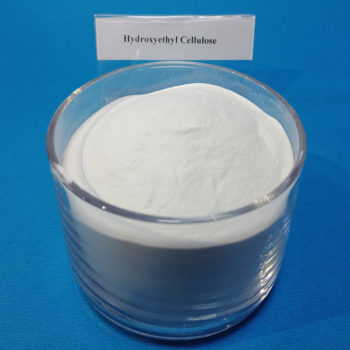Research and use of waterborne coating additives
Water-based coatings use water as a solvent or dispersion medium, and also require the assistance of other additives to achieve good product performance. Common waterborne coating additives mainly include:
1.1 humectant
Wetting agents for waterborne coatings are anionic and nonionic.
The combination of wetting agent and dispersant can achieve the desired result. The amount of humectant is generally a few thousandths. Its negative effect is foaming and reducing the water resistance of the coating film.
One of the trends in humectants is the gradual replacement of polyoxyethylene alkyl (phenyl) phenol ether (APEO or APE) humectants. So The reason is that it causes the male hormone to decrease and interfere with endocrine. Polyoxyethylene alkyl (phenyl) phenol ethers are widely used as emulsifiers in emulsion polymerization.
Dihydroxysurfactants are also a new development. It is two amphiphilic molecules join by a spacer. The most striking feature of diionic surfactants is that the critical micelle concentration (CMC) is orders of magnitude lower than its “single cell” surfactant, followed by high efficiency.
1.2 Dispersant
Latex paints are divide into four categories:
Phosphate dispersants, polyacid homopolymer dispersants, polyacid copolymer dispersants, and other types of dispersants.
The most widely used phosphate dispersant is polyphosphate. For example, sodium hexametaphosphate, sodium polyphosphate (Calgon N, product of BK Giulini Chemical Co., Germany), potassium tripolyphosphate (KTPP) and tetrapotassium pyrophosphate (TKPP).
The mechanism of its action is to stabilize the electrostatic repulsion through hydrogen bonding and chemical adsorption.And The advantage is that the dosage is low, about 0.1%, and the dispersion effect on inorganic pigments and fillers is good.
But there are also shortcomings:
First, as the pH and temperature increase, the polyphosphate is easily hydrolyzed, resulting in poor long-term storage stability;
Second, the polyphosphate is not completely dissolved in glycol solvents such as ethylene glycol and propylene glycol, which may affect the gloss of the lacquer.
The phosphate dispersant is a mixture of a monoester, a diester, a residual alcohol, and a phosphoric acid. Phosphate dispersants stabilize pigment dispersions, including reactive pigments such as zinc oxide.
Improve gloss and cleansing in light coating formulations. And Unlike other wetting dispersants, the addition of a phosphate dispersant does not affect the KU and ICI viscosity of the coating.
In recent years, the study of dispersants has overcome the problem of high molecular weight flocculation, and the development of high molecular weight is one of its trends. And The high molecular weight dispersing agent EFKA-4580, which is produce by emulsion polymerization, is specially developed for aqueous industrial coatings.so It is suitable for dispersion of organic and inorganic pigments and has good water resistance.
Amino groups have a good affinity for many pigments by acid-base or hydrogen bonding.so A block copolymerized dispersant with an aminoacrylic acid as an anchoring group has received attention.
Thickener
Thickeners are available in a variety of ways, and currently use are thickeners of cellulose ethers and their derivatives. Associative alkali-swelling thickener (HASE) and polyurethane thickener (HEUR).
1.3, cellulose ether and its derivatives
Hydroxyethyl cellulose (HEC) was first industrialized by Union Carbide in 1932 and has been in existence for more than 70 years.
At present, cellulose ether and its derivatives thickeners mainly include hydroxyethyl cellulose (HEC), methyl hydroxyethyl cellulose (MHEC), ethyl hydroxyethyl cellulose (EHEC), methyl hydroxypropyl Cellulose (MHPC), methyl cellulose (MC), xanthan gum, and the like.
These are nonionic thickeners and are non-associative aqueous thickeners. Among them, HEC is the most commonly use in latex paints.
If you have any questions, you can send them to my email : tanyatao@qinahaochem.com
whatsapp: 17718245679



